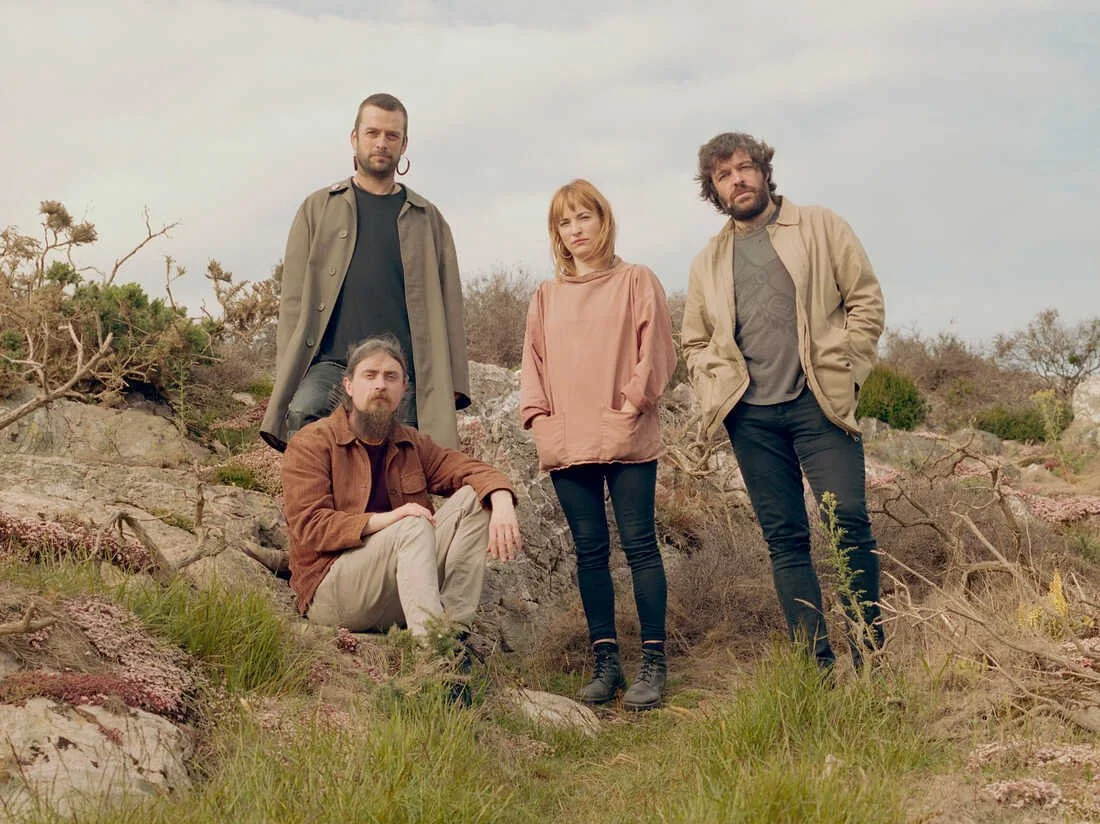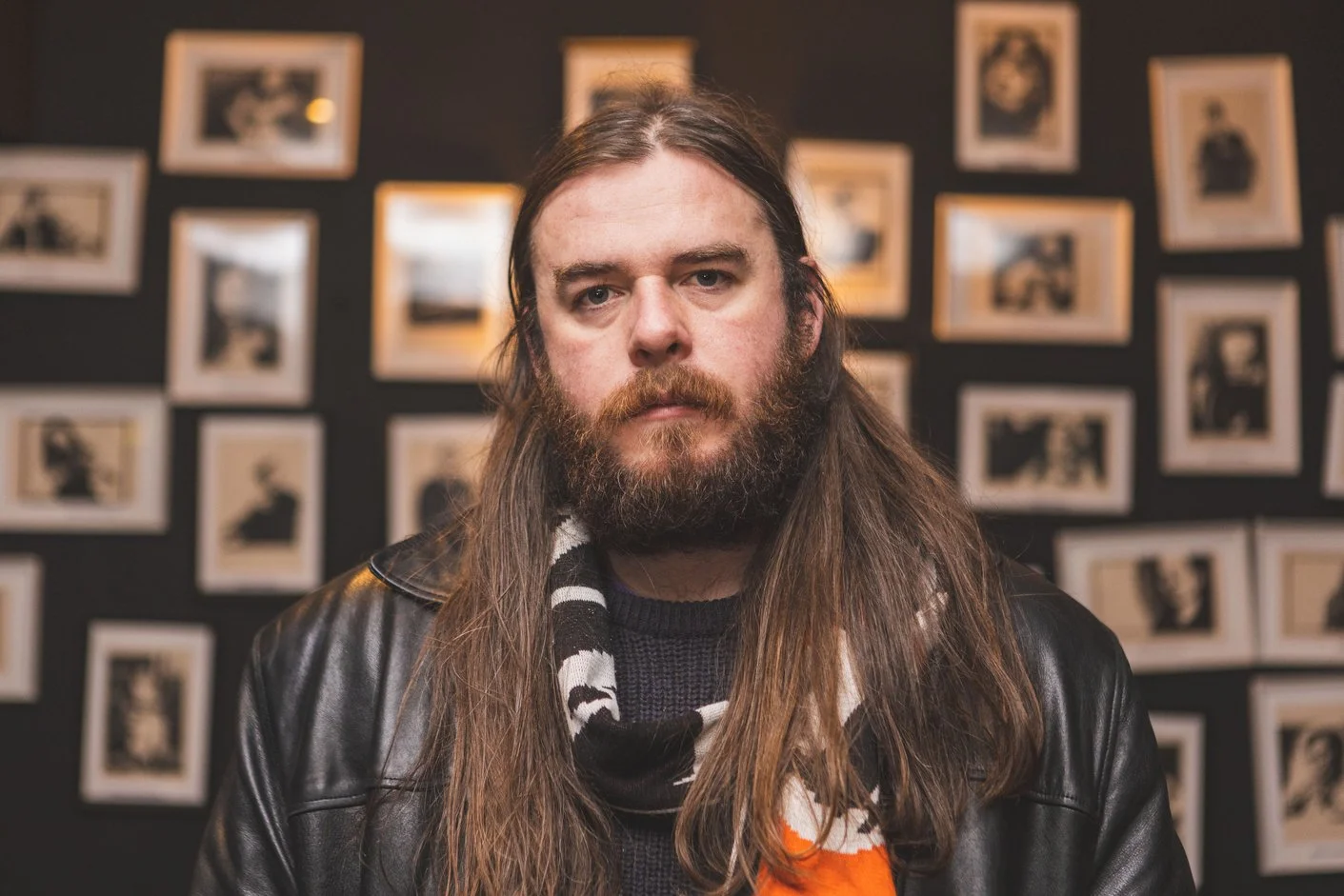For Folk’s Sake: Méabh Ní Chonaill Considers the Rise in popularity of Contemporary Folk Music
By Music Editor Méabh Ní Chonaill
Ahead of the RTÉ’s Choice Music Prize Awards on 7 March, the Album of the Year category gives an insight into the musical landscape of the country and its cultural tapestry. The ten albums competing to win a prize of 10,000 euros consist of:
Grian Chatten – Chaos For The Fly
CMAT – Crazymad For Me
John Francis Flynn – Look Over The Wall, See The Sky
Kojaque – Phantom of the Afters
Lankum – False Lankum
Rachael Lavelle – Big Dreams
The Murder Capital – Gigi’s Recovery
The Scratch – Mind Yourself
Soda Blonde – Dream Big
Ezra Williams – Supernumeraries
Rachael Lavelle
The diverse lineup includes some of Ireland’s best, featuring familiar faces such as Fontaines DC frontman Grian Chatten and current international rising star CMAT. It is worth noting the dominance of Dublin in the shortlist, with just one act of the ten hailing from beyond the Pale. With rap, alternative, indie and pop all featuring on the list, one genre stands out as the leader of the pack. Amongst the modernity and international influences, songs that have been in circulation in Ireland for decades are being revamped and brought before a fresh audience.
The past few years have brought about a noticeable and exciting surge in the popularity of contemporary Irish folk music. The folk genre has undergone a rejuvenation that blends traditional folk elements with punk and alternative influences, resulting in some intriguing creations. This is reflected in the above nominations, with two nominees with strong folk roots having made the list, with a further two acts featuring folk-inspired tracks amongst their usual genres of punk and rock. This resurgence, however, might be seen as trying to reinvent the wheel as the bands of the 1970s such as the Bothy Band or Planxty were also labelled as the reinventors of the folk genre with their addition of the bouzouki and contemporary arrangements. The wonderful thing about folk is that it could be described as cyclical in nature in that every so often a new generation will discover folk music and put their stamp on it.
Pinning down folk music has always been a challenge and as the so-called music of the people, it is only natural that our understanding of folk should be ever evolving. It is almost impossible to define folk or to pick a singular aspect which sets the genre apart from all others. Folk in itself as a genre serves as an umbrella term to describe a vast variety of music and song but at its core are the themes, the lyrics, the instruments, and the emotion.
As a genre, folk music often reflects the mood of the population at any given time and in times of conflict or national upset, people find themselves returning to the same songs their ancestors used to sing during their respective times of hardship, as humans never do seem to learn from their past mistakes. These lyrics still connect with the youth of today, even 100 years on. In an era of digitalisation and globalisation, there is often a yearning for authenticity and a connection to cultural roots. Folk music, being deeply rooted in tradition, provides this sense of authenticity and a pride in one's culture heritage. As the youth of Ireland leave in their thousands for the shores of Australia, America, or Canada, as their ancestors did before them, they may as well be singing “Ellis Island”, “From Clare to Here” or “The Fields of Athenry”. The themes of sadness, pain and immigration are sadly still relevant, even after all this time.
False Lankum
The lyrical content of folk songs is unlike many genres, particularly Irish folk songs. Behind the cheery delivery of the songs there are often sinister tales and undertones which touch on highly traumatic topics. Nominees Lankum have found their strength in highlighting the darkness of these lyrics and not shying away from delivering these poetic ballads in a serious and slightly eerie manner. The name Lankum stems from the Child ballad “False Lankum”, a Child ballad being traditional ballads from England and Scotland famous for their emotional lyrics. Their latest album, False Lankum, further explores the band’s interest in creating soundscapes which unveil an entirely different side to the song. Lankum are no newcomers to the alt-folk music scene, or in fact to these awards. Having released their debut album, Where Did We Go Wrong?! in 2003, the quartet went on to enjoy considerable success and are undeniably the blueprint for alternative folk artists of today. False Lankum features everything from fugues to Cormac Begley as the band create tracks fit for a movie soundtrack. By taking a tune such as “Master Crowley’s”, a well-known reel in the repertoire of traditional musicians, and adding drums, strings and ominous sound effects, the tune is elevated to a whole other level, conjuring up epic scenes in the mind. Whilst this kind of fusion may not be to the taste of the more traditional musician, it has clearly struck a chord with a modern audience as they search for something fresh and exciting to call their own and to connect with.
Heavily influenced by the bewitching music of Lankum, fellow nominee John Francis Flynn creates music in a similar vein. Layering sounds to create a trancelike combination of both traditional and synthetic instruments, Francis Flynn weaves together elements of folk, alternative, traditional and classical music. With his album Look over the Wall, See the Sky being widely critically acclaimed and well received, he is definitely one to watch as he seeks to rekindle his own relationship with his country and with Dublin City. In a similar way to Lankum, Francis Flynn lays down a framework based on more traditional folk and sean nós elements, then puts his signature stamp on them. Tracks such as “Within a Mile of Dublin” combine traditional music with crashing cymbals, distortion, and psychological synths, creating a sound that would definitely cause any traditional music purist to raise an eyebrow. The album poignantly finishes with the song “Dirty Old Town”, and there can be no doubting why this particular song was picked. Francis Flynn has been widely vocal about his position on homelessness in Ireland and the housing crisis, so it comes as no surprise that this is the music that resonates with younger Irish generations.
John Francis Flynn
Whilst the folk heavy hitters Lankum and John Francis Flynn dedicate their entire albums to these sounds, Grian Chatten and The Scratch borrow elements to add to their own sounds. Chatten infuses his track “Salt Throwers off a Truck” with a lilting fiddle melody as he paints a picture of a city under snow. In contrast with the other numbers on this album, this song is a simple guitar and instrumental track, with Chatten’s nasal tone suiting the genre perfectly. The inclusion of this track on an otherwise synth and punk-inspired album is interesting and shows an added depth to the singer-songwriter’s range.
Similarly, The Scratch utilise elements of folk on their album Mind Yourself on the contagious track “Cheeky Bastard”. With a thumping bass and guitar line, the last thing you would expect to hear halfway through the track is a reel on the electric guitar, but boy does it work. With perfect triplets included the lads blaze through the song, singing of all the characters found in the local pub. Whilst the use of traditional instruments is not enough to label the band as folk, their lyrical content definitely shows a clear folk influence. Many of the songs feature tales of Irish culture, mainly centred in the pub, with their use of typical Irish slang in their lyrics and song titles making them all the more appealing to a young Irish audience.
The Scratch
The future of experimental folk in Ireland is bright, as is evident in these nominations, with the people of Ireland eager to reconnect to their “Irishness”. With such a high number of the nominees in this category being influenced by folk music in some shape or form, there can be no denying the genre’s prevalence in modern Ireland. Whether a folk album will take home the prize remains to be seen, when the results are announced live on RTÉ 2FM on Thursday, 7 March. As to whether any of the current elements of this experimental music will remain relevant in the evolution of the genre is for future generations to decide, but as of now, Irish folk music is being steered in a new and exciting direction of exploration and innovation, with these artists at its helm.





